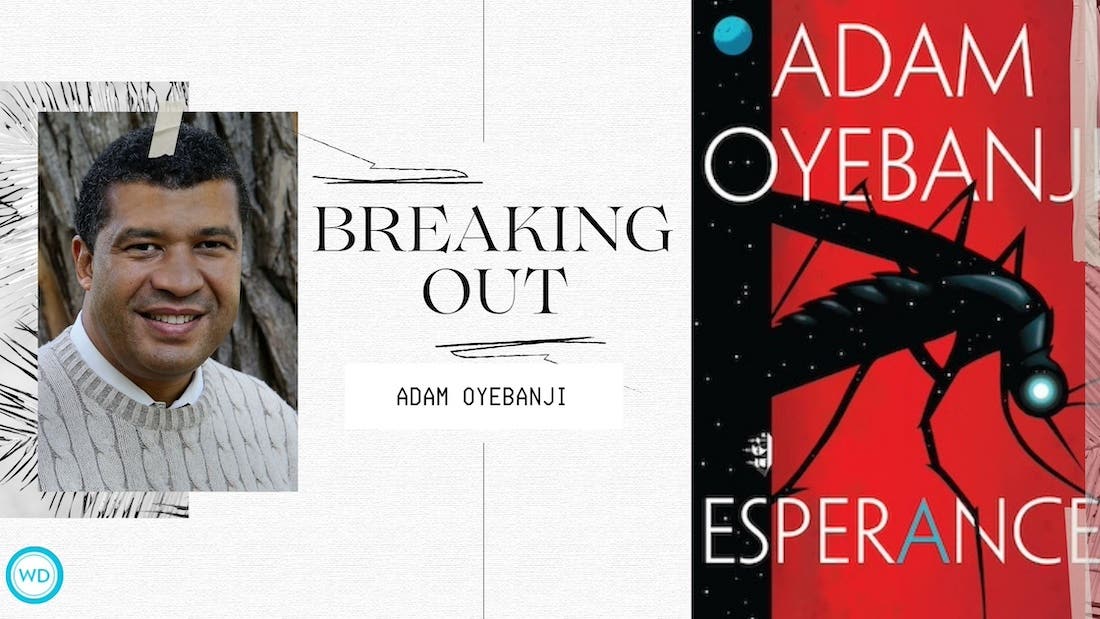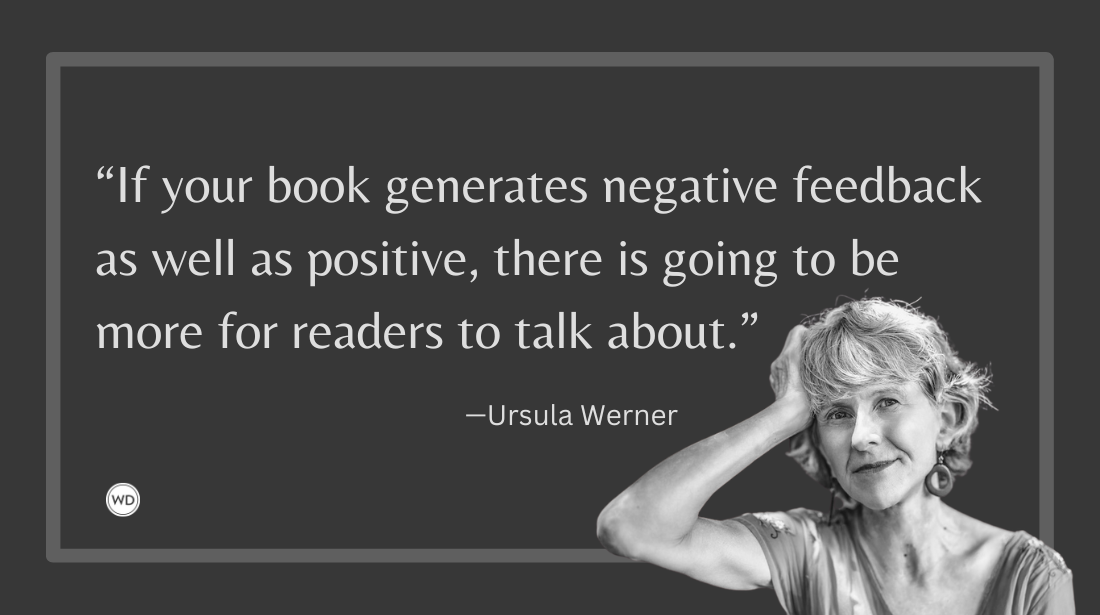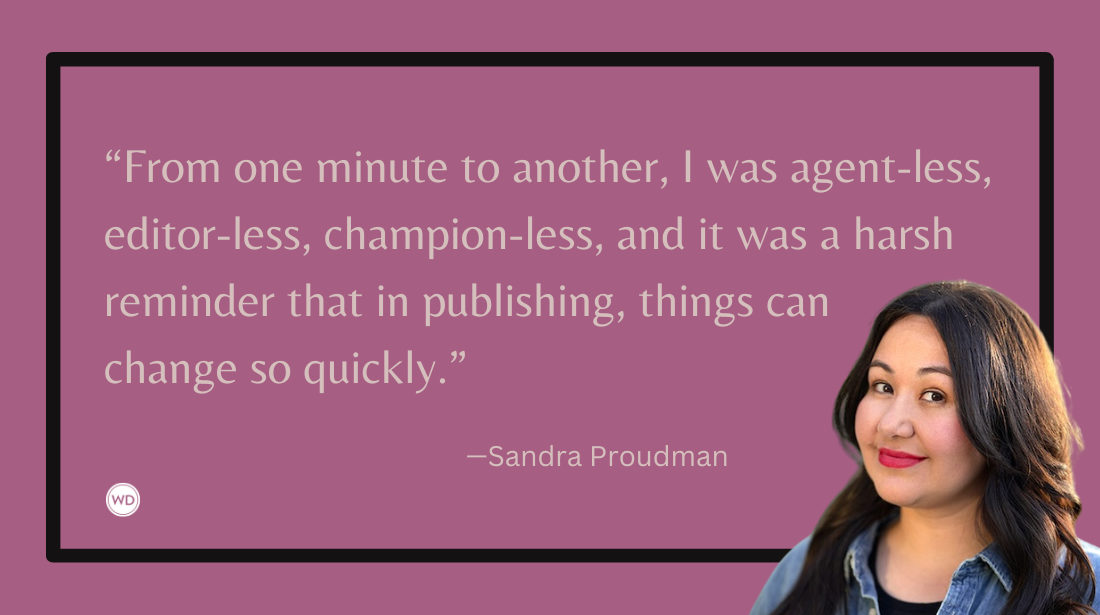3 Critical Steps After Rejection
Just released from Writer’s Digest, Writer’s Digest University is part market guide, part boot camp, offering keys to getting your work published. I am honored to have written the introduction…
Just released from Writer's Digest, Writer's Digest University is part market guide, part boot camp, offering keys to getting your work published.
I am honored to have written the introduction to this book, which you can read in full here.
In the intro, I share 3 steps you should take after receiving a rejection—since it's what you do AFTER that counts. (For more on why you might be getting rejected, read this post from me.)
1. Keep submitting AND keep writing.
Persistence is essential. Keep sending your work out. But most importantly, you should keep writing.
Once you finish a manuscript, the first thing you should do is start work on another project. Why? Because it helps create distance and perspective from the project you just finished—which will inevitably need to be refined and approached with a more critical eye once you begin to market it.
Don’t neglect this step! You need to be able to evaluate your work from a sales perspective, and with as little emotional attachment as possible. This often only comes with time, or with the assistance of a good editor or critique partner.
2. Develop relationships and connections with people who can help you.
More progress than you might think will depend on the willingness of others to help you and advise you. One of the most effective ways to develop relationships is to attend conferences and meet other writers, as well as editors and agents.
One of the most difficult aspects of getting published is querying cold. But once you’ve established a relationship with an editor or agent, then it’s no longer a cold contact, but a person who may be compelled to pay attention because you made a good impression on them. Or, if you develop good connections with published authors, they can offer hard-won advice, even referrals to agents, if they believe in your work.
3. Don’t get bitter.
I meet many writers who ask, often at a moment of frustration and desperation, “Read my writing and tell me if I should keep trying.”
I empathize if you’re looking for some reason to continue in the face of rejection. It’s tough to continue doing something when you receive no recognition or encouragement for it.
Strive for an attitude and approach that’s defined by:
- Seeking feedback from people you trust or respect
- Loving the writing process
- Taking advantage of every possible growth opportunity
- Being in control of your own destiny (not waiting to be discovered)
You’ll experience frustrations, and sometimes disagree with the feedback or direction you receive along the way. But take note of everything, take away what is useful and suitable for your core mission, and ignore the rest.
--
In addition to receiving a 1-year sub to WritersMarket.com as part of this book, Writer's Digest University also features a DVD with recordings of four popular WD webinars:
- How Do I Get My Book Published? (delivered by me)
- How to Land a Literary Agent (delivered by Chuck Sambuchino)
- How Writers Can Succeed in the Future of Digital Publishing (delivered by me)
- Freelance Basics (delivered by Chuck Sambuchino)
It's a high-value package. I encourage you to check it out.
Jane Friedman is a full-time entrepreneur (since 2014) and has 20 years of experience in the publishing industry. She is the co-founder of The Hot Sheet, the essential publishing industry newsletter for authors, and is the former publisher of Writer’s Digest. In addition to being a columnist with Publishers Weekly and a professor with The Great Courses, Jane maintains an award-winning blog for writers at JaneFriedman.com. Jane’s newest book is The Business of Being a Writer (University of Chicago Press, 2018).








